Roads & Construction
Here Are Some Amazing Facts You Need To Know About The Second Niger Bridge
Published
2 years agoon
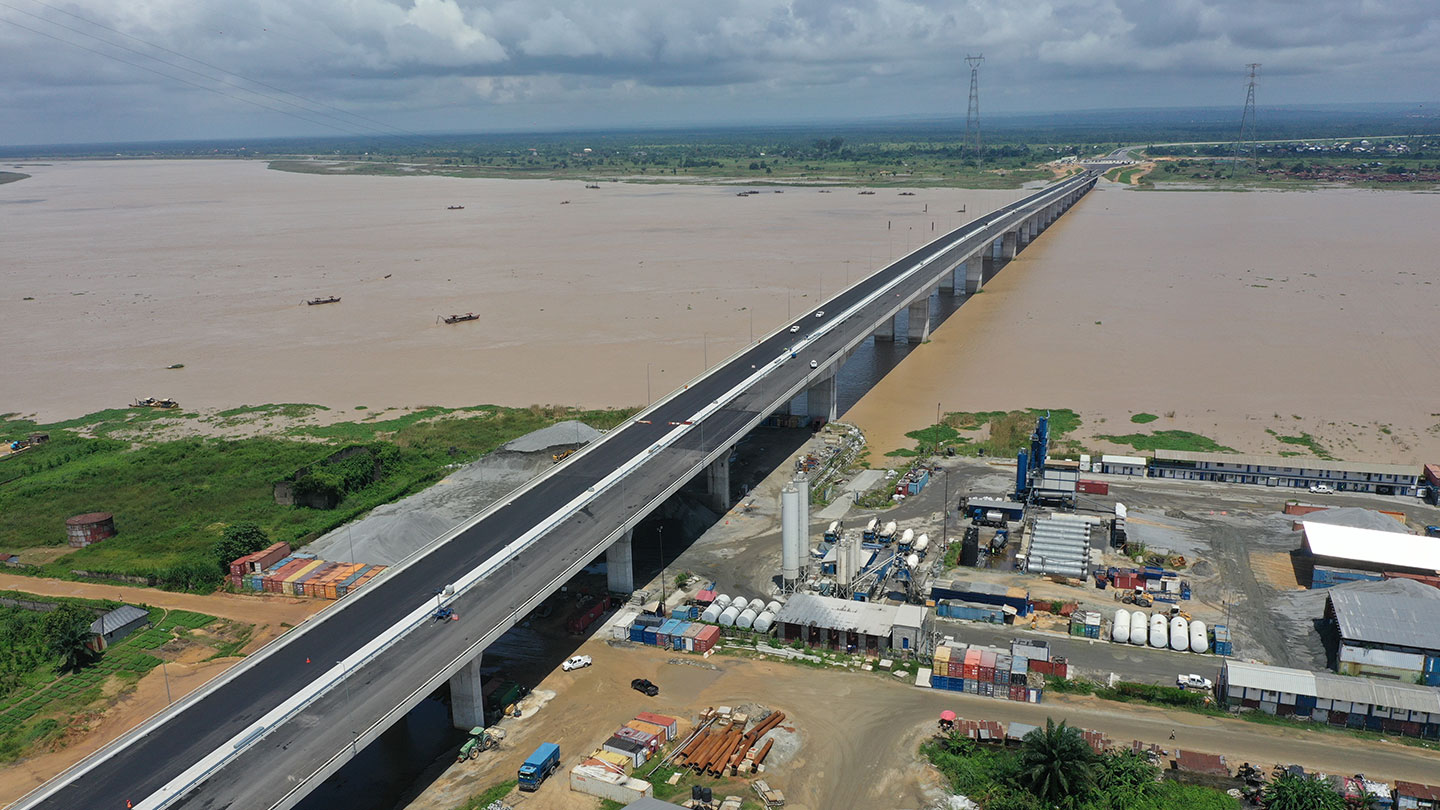
The Second Niger Bridge is a key national infrastructure, with immense socio-economic benefits for the contiguous states and indeed the entire nation.
Upon completion, the bridge will ease traffic flow, improve road safety, and create greater opportunities for local residents by advancing the commercial viability of the immediate area and regenerating economic life.
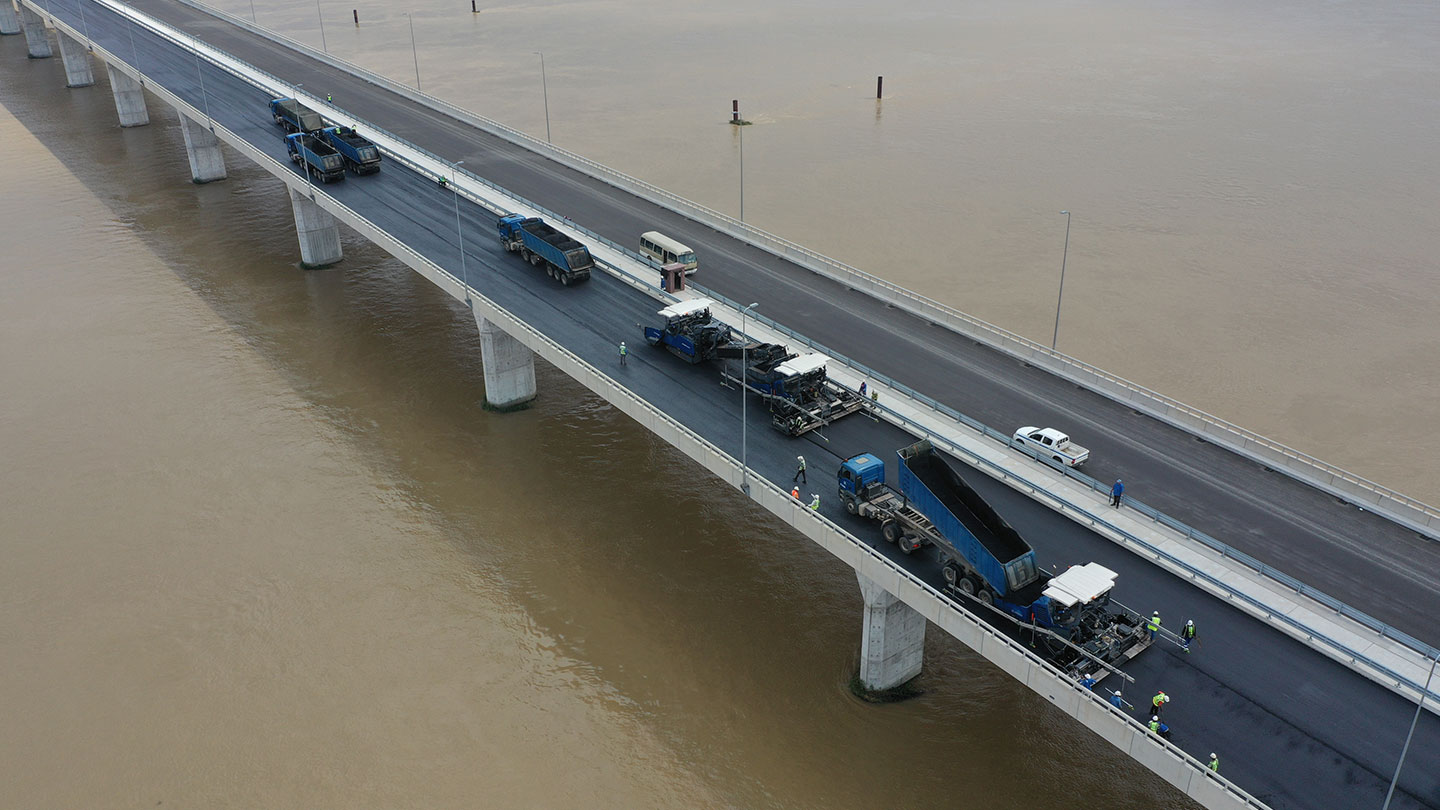
The scope of works includes the construction of a 1.6 km long bridge, a 10.3 km Highway, an Owerri interchange, and a toll station.
Here are some amazing facts you need to know about the second Niger Bridge built by Julius Berger PLC.
1. The Second Niger Bridge was first proposed during the 1958/69 political campaign by then-candidate Shehu Francis pastor of the National Party of Nigeria (NPN).
2. The Second Niger bridge is a Nigerian Federal Government project that is 1.6 km (0.99 mi) long and furnished with other ancillary infrastructure including a 10.3 km (6.4 mi) highway, Owerri interchange, and a toll station all at Obosi city, inaugurated in March 2022
3. The Second Niger Bridge was open for local traffic on December 15th, 2022 for the very first time.
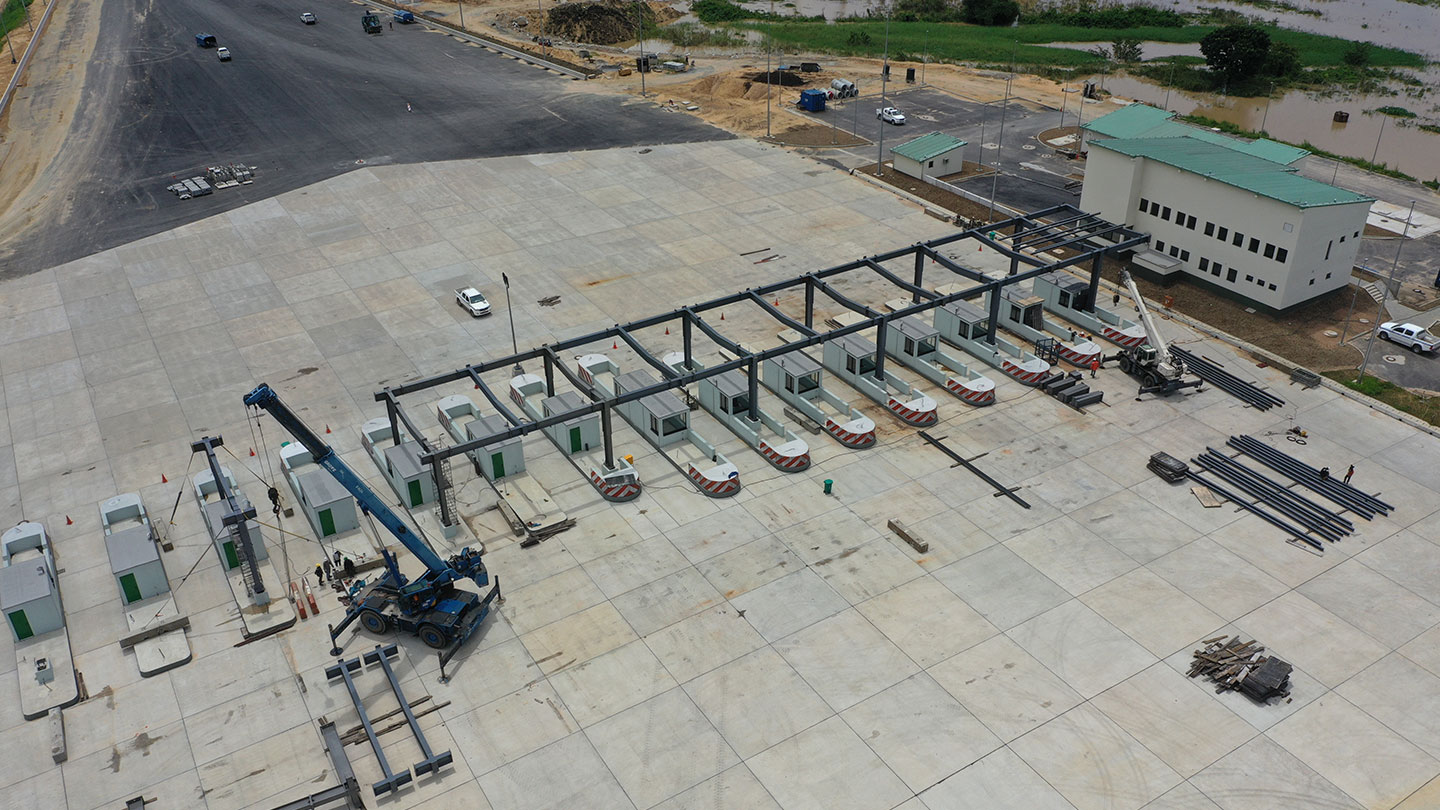
4. The Second Niger Bridge crosses the Niger between the cities of Asaba the capital of Delta State which is rich in oil in the west and Onitsha in the east.
5. When completed, it will be the last bridge over the Niger River before it branches into its delta arms.
6. The Niger River is the third longest river in Africa after the Nile and the Congo. It moves 7,000 m3/s of water at Onitsha, which is more than a hundred times as much as the Thames in London (65 m3/s) and almost three times as much as the Missouri river (2,450 m3/s) before reaching St. Louis.
7. The Niger also separates Nigeria’s populous southwest from the oil-rich southeast. The currently only bridge at Onitsha, a 1960s steel truss structure with two lanes, is hopelessly overloaded, due in no small part to the fact that it must accommodate flying traders, handcart drivers, cargo-carrying people, and the occasional herd of goats in addition to (and between) cars.
8. In August 2012, the Federal Executive Council under Jonathan’s administration, approved a contract worth ₦325 million for the final planning and design of the bridge. During the 2011 Nigerian general election campaign period, Jonathan promised that if elected, he would deliver the project before the end of his term in 2015. At an Onitsha town hall meeting on August 30, 2012, he promised to go into exile if he did not deliver on the project by 2015.

9. In August 2015; after scrutinizing the contract cost and other conditions surrounding the Second Niger Bridge project, President Buhari canceled the moribund and unproductive N325 Million contract approved in 2012 by President Goodluck Jonathan for final planning and design of the bridge under the same Obasanjo PPP model with Gitto Group; which never came through.
-
Read Also: Here Are Some Facts About The Akwa Ibom Car Manufacturing And Assembling Factory (Photos)
10. The bridge was then redesigned by the Buhari administration to bring it up to modern and efficient standards; adding an extra lane and Bypasses plus a tolling plaza to make the bridge sustainable after construction; in line the new policy of tolling certain bridges and highways nationwide.
11. The bridge was then redesigned by the Buhari administration to bring it up to modern and efficient standards; adding an extra lane and Bypasses plus a tolling plaza to make the bridge sustainable after construction; in line the new policy of tolling certain bridges and highways nationwide.
12. Under the new arrangement, the scope of work was expanded to involve the construction of a 1.6km bridge over the River Niger, the construction of two secondary bridges at Amakom Village Road and Atani Road spanning 21.7 meters each, the demolition of existing flyover and construction of a new interchange at Onitsha-Owerri Road.

13. The re-design also involved the construction of a 3.3km Approach road on the Asaba side and a 7.0km approach road on the Onitsha side of the main bridge (a total of 11.9km link roads), a toll plaza that consists of eight lanes in each direction, and site clearing of the Right of Way (RoW) including the removal of all bush, trees, and shrubs.
14. A fresh contract at an initial sum of N206 billion was signed in 2018 with Julius Berger Nigeria to be funded by the Presidential Infrastructure Development Fund (PIDF); a Fund created by President Buhari to accelerate the completion of key infrastructure projects; including the Lagos – Ibadan Expressway and the Abuja – Kaduna – Kano (AKK) road.
15. Construction of the bridge started on September 1, 2018, with an expected completion date of February 2022 and JBN kept updating Nigerians on the steady progress of the construction since then.
16. The phrase “Second Niger Bridge“, which has been used as an established term in Nigerian politics since the 1980s, is misleading. In fact, there are already seven major bridges over River Niger in Nigeria alone (not to mention in countries like Niger or Benin). It is therefore correct to speak of the “Second Niger Bridge at Onitsha”.
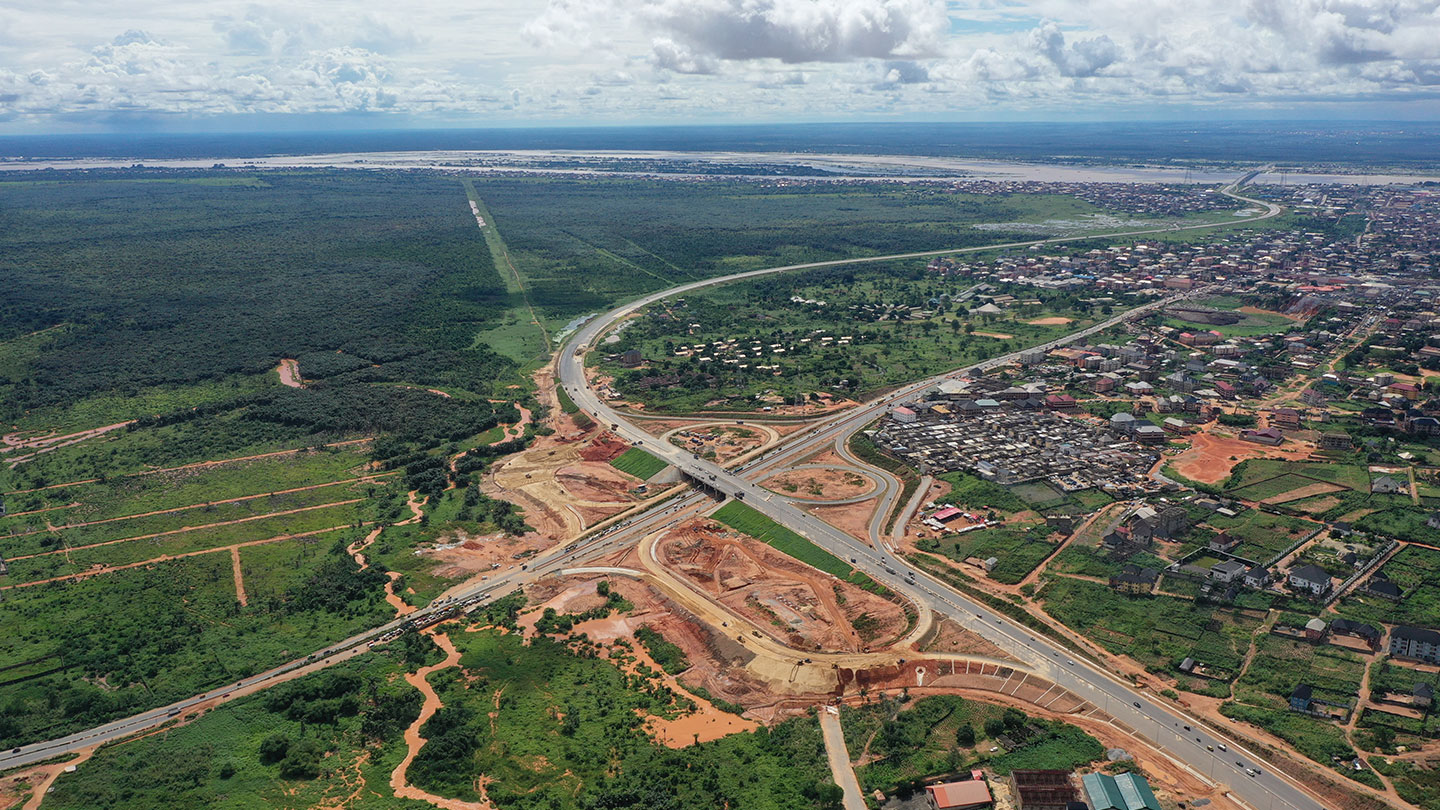
17. The Second Niger Bridge Project is being funded through the Presidential Infrastructure Development Fund (PIDF) created by President Muhammadu Buhari and managed by the NSIA.
18. On December 15, 2022, at 9:50 local time, the bridge was opened to local traffic. Since not all connecting roads have been completed yet, makeshift roads have been created to allow the bridge to be used during the Christmas holidays. Crossing the bridge is free of charge for the time being.


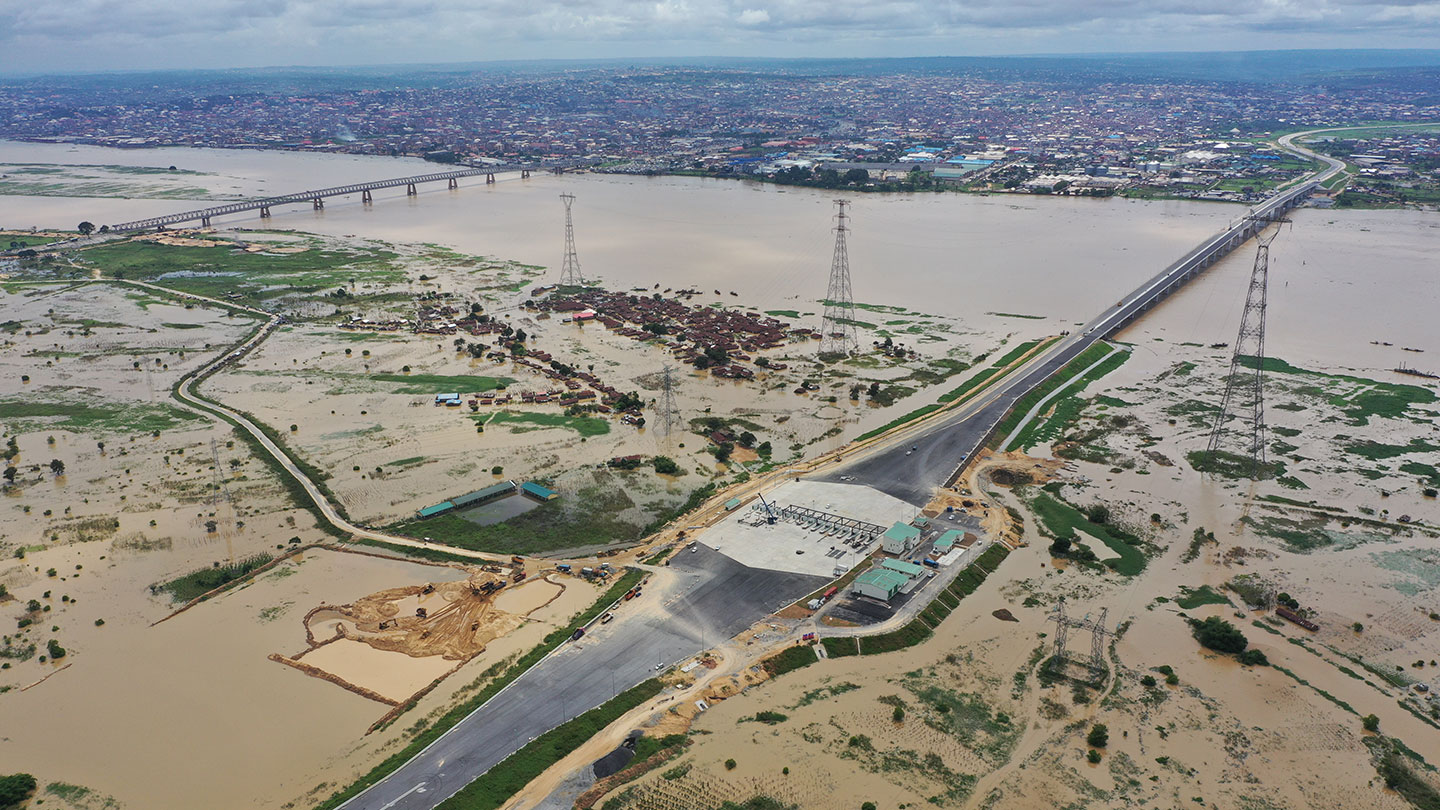



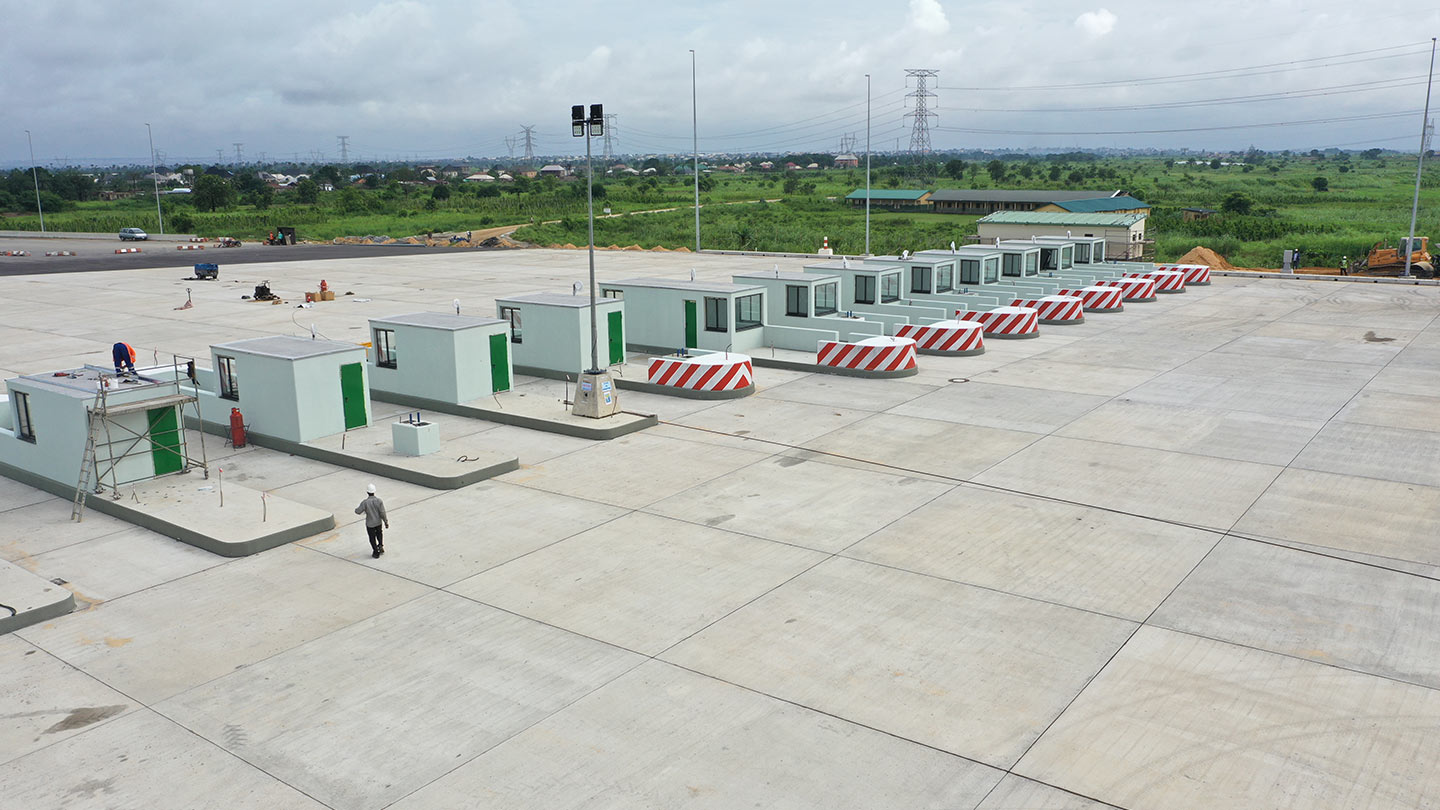

AutoReportNG is your one-stop place for quality news on roads, cars, and anything pertaining to mobility. We keep track of all current news in road, rails, and aviation. We are known to true, factual and investigative news.

You may like
-


Safety Tips For Car Owners During Heat Wave Period In Nigeria
-


Proforce Partners With Kia, To Get Drivelines To Make Made In Nigeria Armored Vehicles
-


e-CMR Portal Is Authentic, Nigeria Police Assures Nigerians
-


Ogun State Government Partners With NGTSL/Spiro To Roll Out Electric Bikes Across The State
-


FG Moves FAAN Headquarters From Abuja To Lagos
-


Dangote Refinery To Supply 150,000 Retail Outlets

You must be logged in to post a comment Login